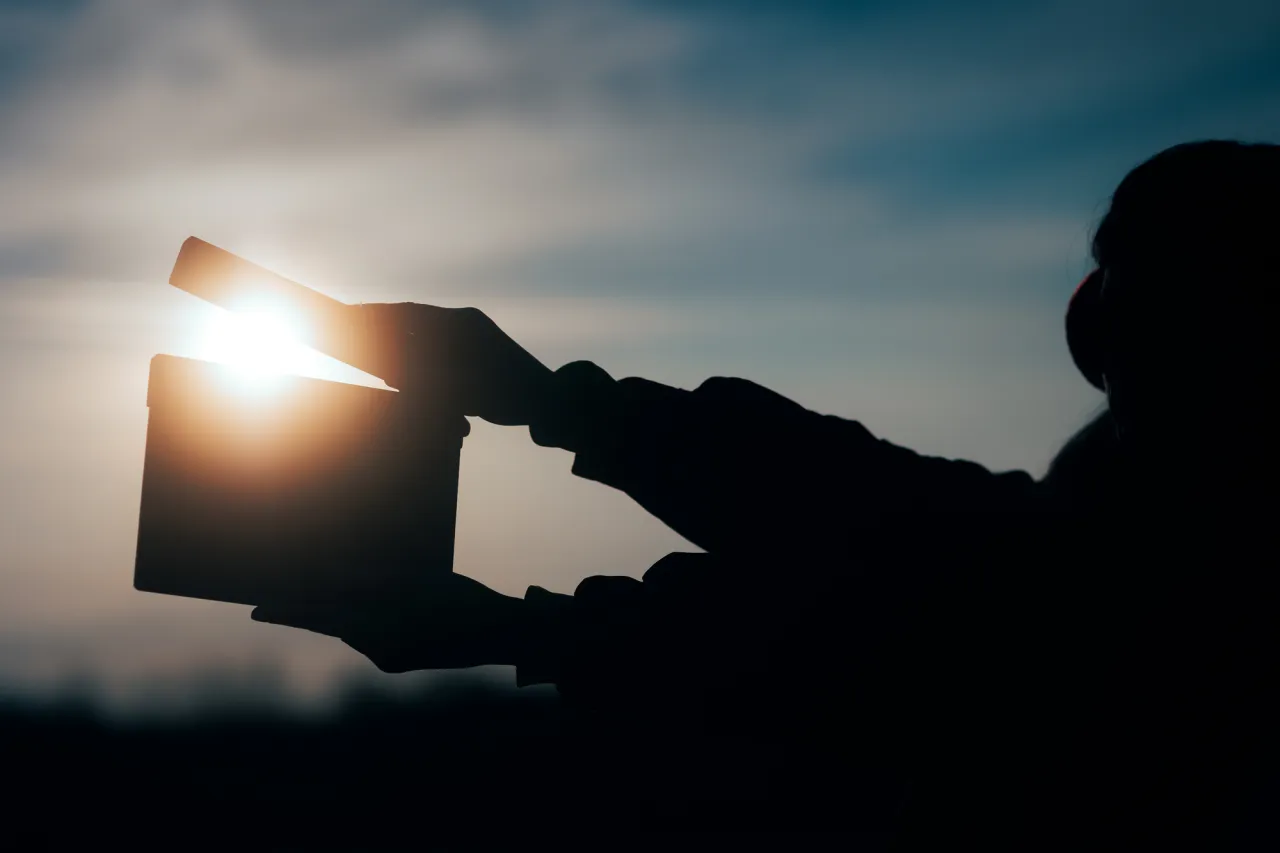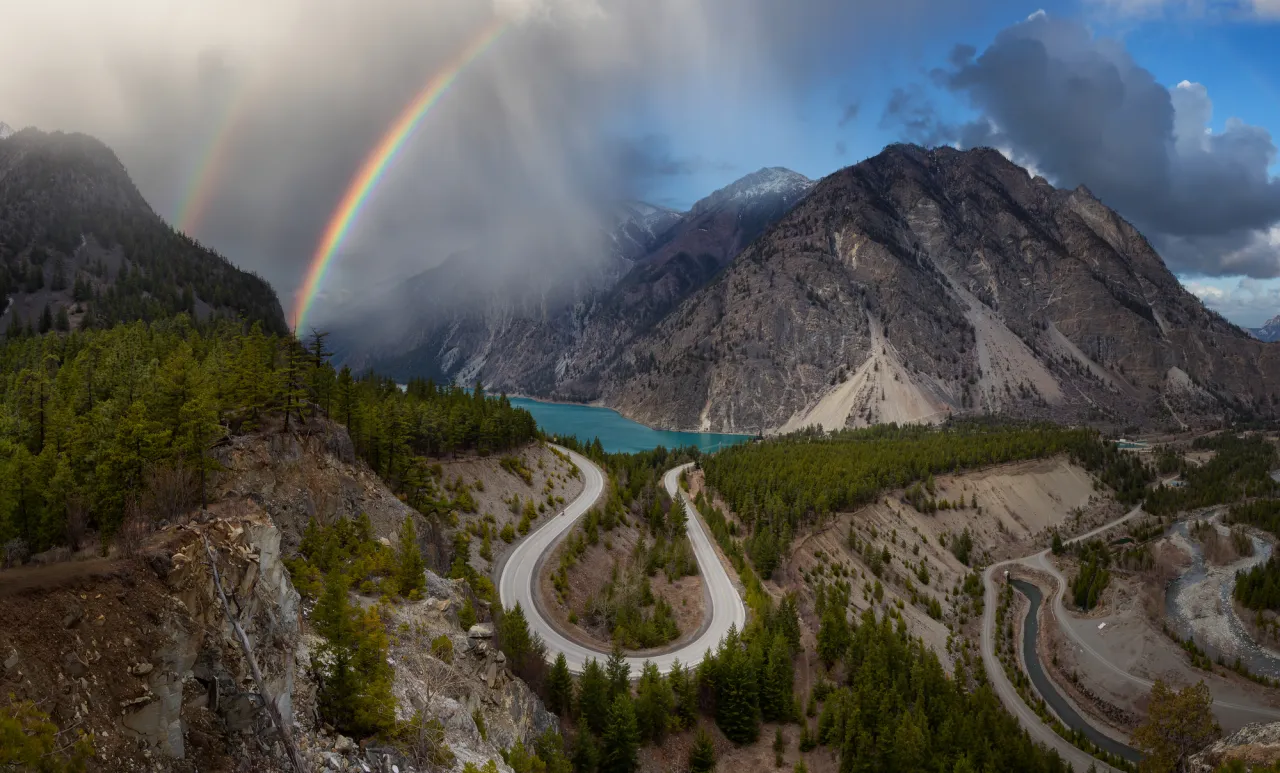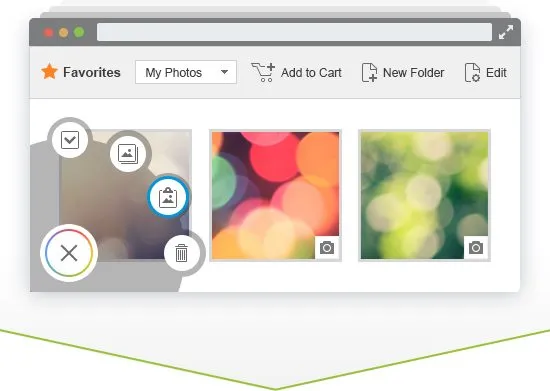Camera Shots Explained: The Ultimate Guide to 8 Most Common Types of Shots
To make a stunning photo or video, you need to consider so many aspects and details that some of the finer points may get overlooked. While there are a lot of techniques to engage viewers, an appealing scene composition is one of the main factors in creating an impressive visual effect. How you choose to frame your subject — that is, how close or far your subject is to your camera and at what angle — will impact the whole shot and influence how the audience will feel about it.
Whether you’re shooting a full-length film or creating a marketing video for your social media pages, combining different types of camera shots can help you bring life to your characters, keep your viewers’ attention, and add deeper meaning to your scenes. With that said, we prepared a list of the 8 most common types of camera shots and angles you could use for your next creative project. Read on for more!
What is a camera shot?
A camera shot is a specific camera angle and distance used while framing a picture, indicating the subject’s size and look within the frame. In filmmaking, different camera shots are usually planned ahead of time and are even written into the script. Combinations of various shots and camera movements can help you vary the scene compositions and add dynamics to a series of frames. They are also used to achieve specific effects, to emphasize details, emotions, or movement.
The most basic camera shots are the close-up, medium shot, and wide shot, but there are multiple variations for each of them. They can be divided into two main types:
- distance-based camera shots: depending on the distance to the subject;
- angle-based camera shots: depending on how the camera’s placement relates to the subject.
Below you can find a comprehensive list of camera shots, their explanations, and tips on how to use them in your creative work.
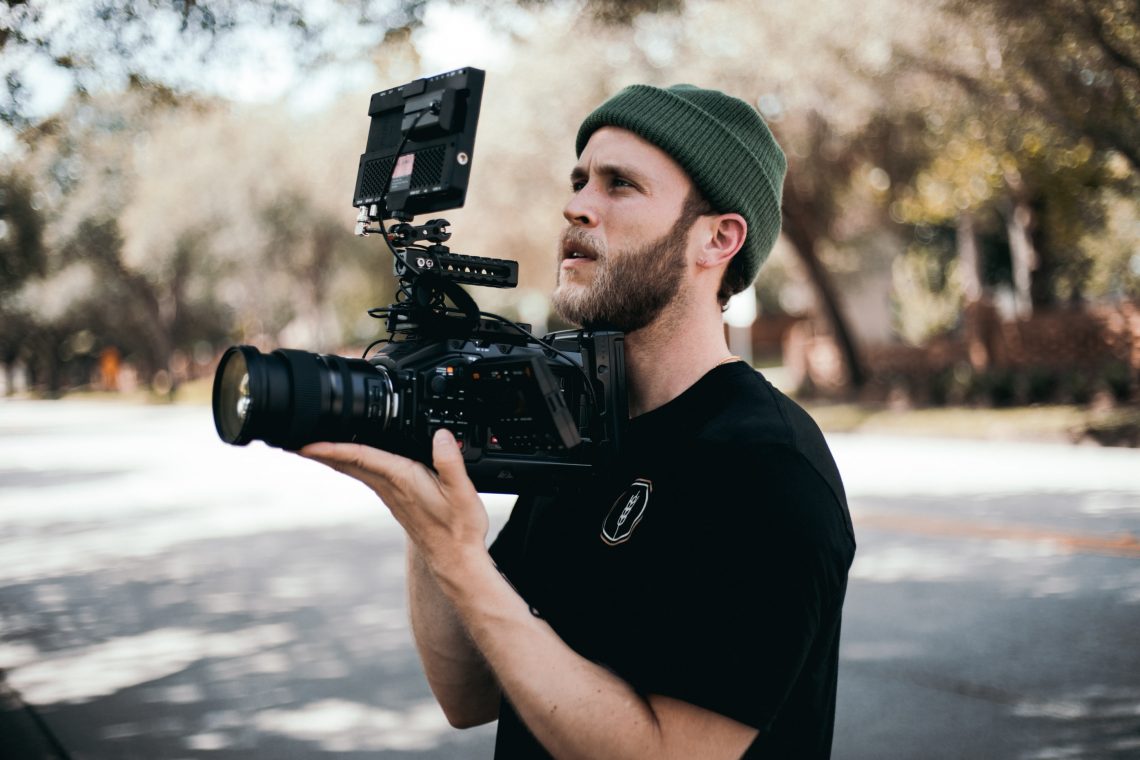
The list of 9 most common camera shots
- Extreme wide shot
- Wide shot
- Medium-long shot
- Medium close-up shot
- Close-up shot
- Extreme close up shot
- POV shot
- Over-the-shoulder shot
1. Extreme wide shot
An extreme wide shot is taken from a distance very far from a subject. It shows where the scene takes place, and that’s why it’s often used for location cuts. As an establishing shot, it gives the viewer a location context and usually appears at the film’s beginning or to introduce a new scene. Sometimes an extreme wide shot demonstrates the scale of what is going on in a scene, allowing us to see a lot of the setting at once.
You can use an extreme wide shot to make a subject appear small against the location. It will show the viewer that the subject feels alone, isolated, or distant. This type of shot can also emphasize that the subject is overwhelmed by its location.
2. Wide shot
A wide shot is the same as an extreme wide shot only a bit closer. The location still dominates the frame, but the subject is also visible in detail. This shot is close enough to show the full length of any character without it filling the whole shot. It’s taken with a wide focal length lens to leave considerable space within the frame.
A wide shot shows a subject in relation to its grander surroundings. Similar to an extreme wide shot, it can also be used to give a better understanding of the scene setting. Yet, it can better contextualize the character within the location and give an idea of how the character fits into it. Sometimes a wide shot is also used to create a sense of separation between the viewer and the film.
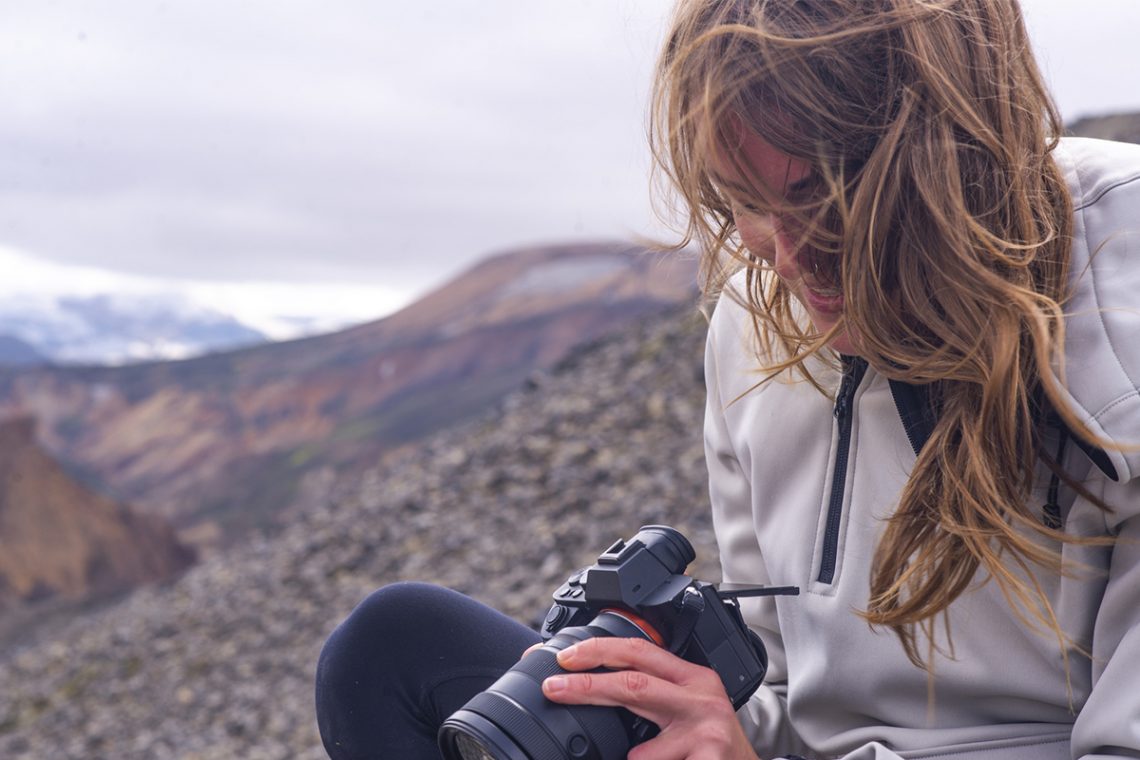
3. Medium-long shot
A medium-long shot takes a step closer to a subject and frames it from roughly the knees up. It shows its body language, gestures, and personality. A medium-long shot shows less of the setting and more details of the actual person. It’s typically used to capture two different shot elements at the same time.
Many filmmakers refer to medium-long shots as American, Western, or cowboy shots. That’s because medium-long shots first became common in Western films, as they often showed cowboys in heroic, confident poses. However, they also highlight other aspects of the characters’ mental or emotional states.
4. Medium close-up shot
A medium close-up shot shows the subject from the shoulders up. It draws more attention to a subject but still keeps its surroundings visible. In a medium close-up shot, the subject is highlighted enough to see its facial expression and body language and is usually used when characters are talking with each other. In a dialogue scene, a medium shot can often be used as a buffer shot that is later followed by a close-up shot to emphasize a particularly significant moment.
Because a medium close-up shot gives equal weight to a subject and its surroundings, it allows filmmakers to preserve an important level of detail while focusing on a whole scene.
5. Close-up
A close-up shot captures the details or emotions from a close range. It helps the audience to read the character’s facial expressions to better understand their emotional responses. In a close-up shot, the subject is the main focus, which helps to develop tension and build a personal connection with viewers.
Of all the different types of camera shots, a close-up shot is perfect for emphasizing important moments. It doesn’t distract viewers with background interference or other insignificant details. A close-up shot often indicates to viewers that they should pay attention to a particular symbol that runs throughout the movie.
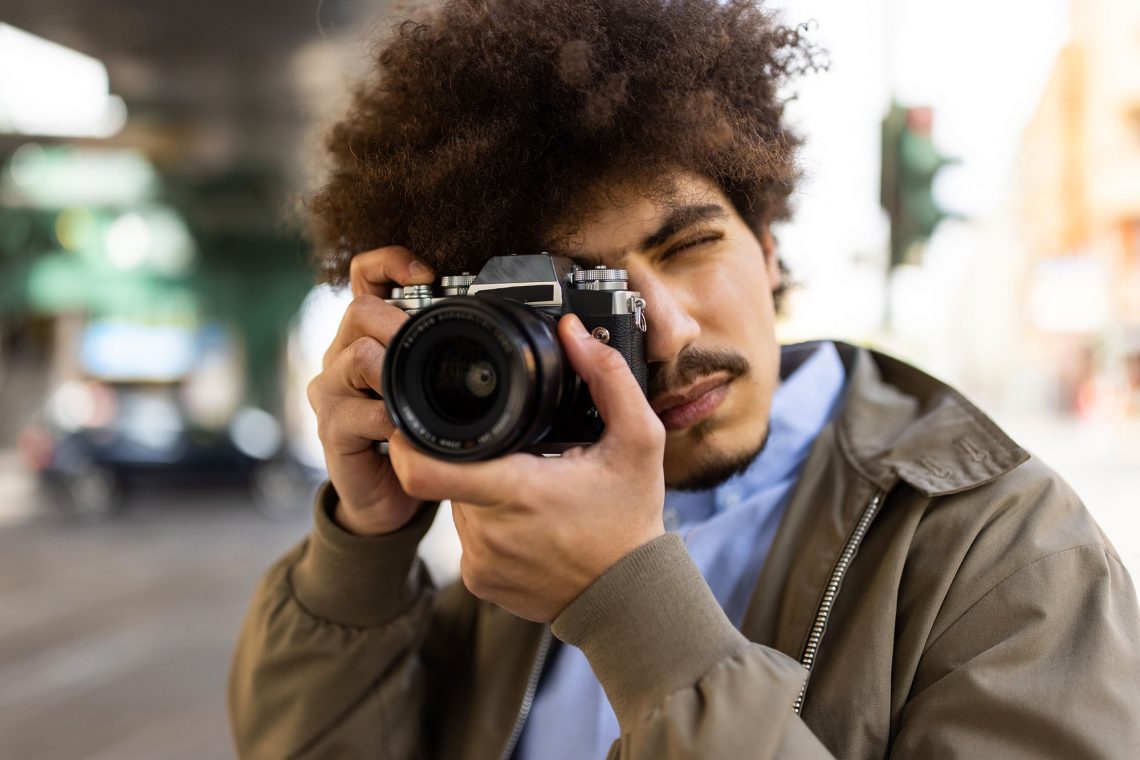
6. Extreme close up
An extreme close-up shot fills a frame with your subject and shows as much detail as possible. Usually, it frames objects and body parts, going closer to show the eyes and mouth. An extreme close-up shot allows the viewer to see tiny details that may have otherwise gone unnoticed. It’s a powerful way to signal a crucial or sensitive moment in a scene and convey a subject’s emotion without saying much. It can bring intensity to a scene, allowing viewers to enter the character’s personal space. You can use it to achieve comedic relief or build tension.
7. POV shot
A POV shot, or a point-of-view shot, depicts a character’s first-person perspective. It shows where a subject is looking as if seen from their eyes. A POV shot is usually used between a shot of a character looking at something and a shot showing the character’s reaction. A POV shot allows the viewer to take on the subject’s perspective and understand their state of mind on a deeper level. It creates an illusion of access to a character’s inner life and can carry a wide spectrum of emotions. A POV shot is often used to raise the stakes in a heated discussion and is also suitable for building dread in horror sequences.
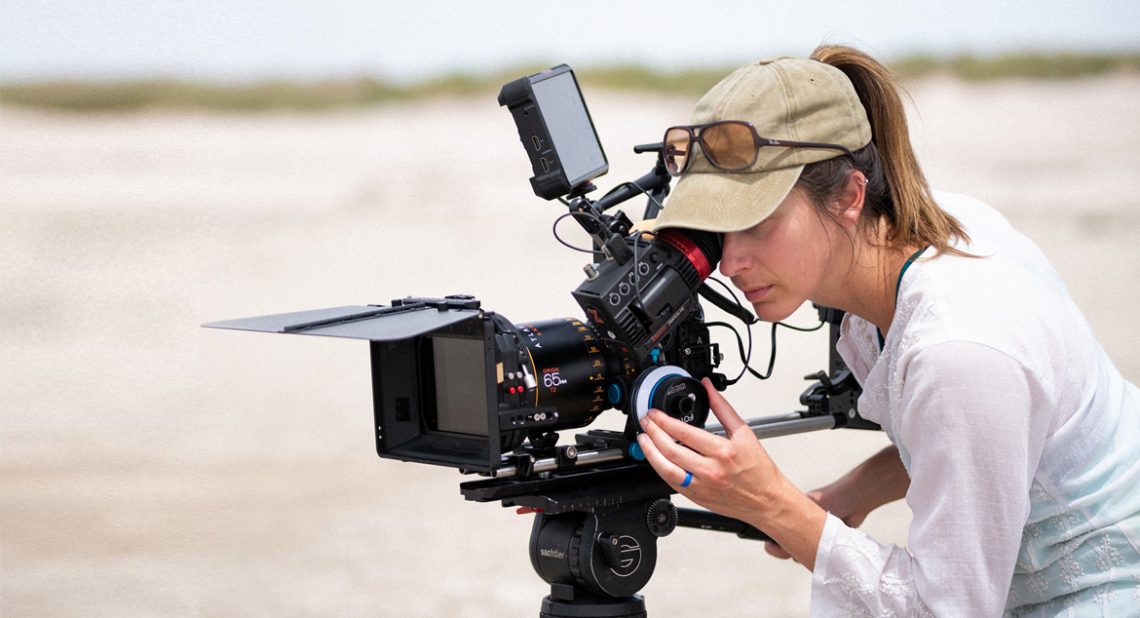
8. Over-the-shoulder shot
An over-the-shoulder shot frames a subject in a medium or close shot by peeking over the shoulder of the person the subject interacts with. It allows the audience to understand where the off-screen actor is and how the characters are located in relation to each other. An over-the-shoulder shot helps viewers get oriented during a scene.
An over-the-shoulder shot is particularly effective in dialogue or group conversation scenes. It helps establish which characters speak to each other, especially when they’re engaged in passionate conversation or a fight.
To wrap up
Having a working knowledge of basic camera shots and employing them at the right time is essential whether you’re a video creative or a film professional. Being armed with an understanding of the classic types of shots and their attributes can help you create the right mood, add dynamics, highlight emotions, and enhance the overall mood of your video. You don’t need to memorize every type of shot, but you’ll benefit from getting to know the basics!
Other articles you may find interesting
Understanding Common Aspect Ratios for Images and Video
How to Protect Your Content from Theft on the Internet
An Ultimate List of 40 Photography Types to Learn and Master




